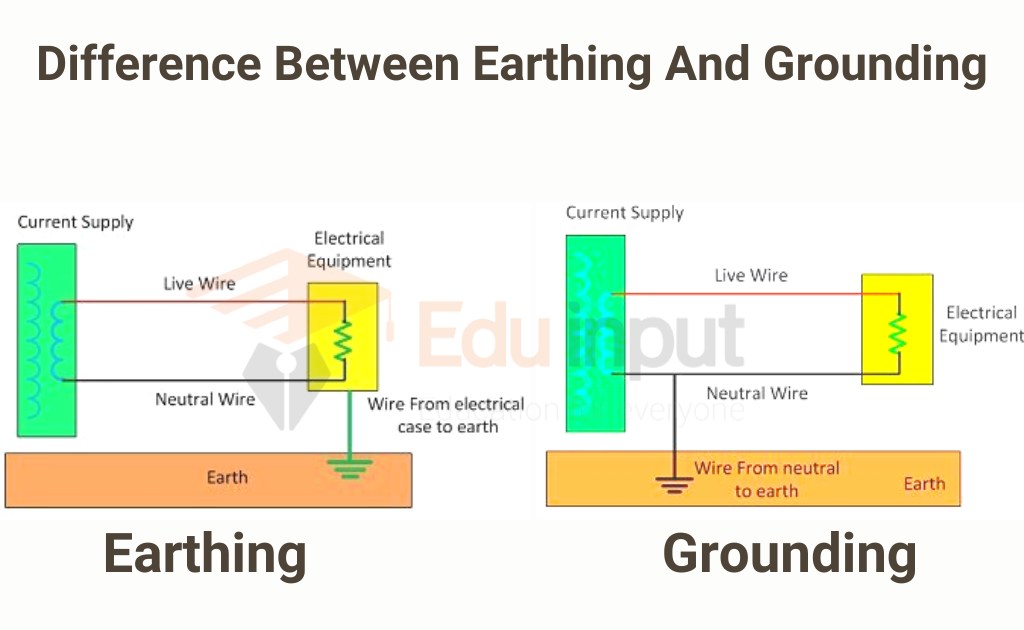Ohm’s law | Resistance, Ohmic Devices, and Non-Ohmic Devices
Ohm’s law state that the electric current flowing through a conductor is directly proportional to the potential difference across its ends provided the physical state such as temperature etc of the conductor remains constant.
Download the pdf notes of Ohm’s law and Resistance class 12 Physics
Ohm’s Law Formula
I∝V
V=1/R (V)
V=IR
Where1/R is the constant of proportionality. “R” is called the Resistance of the conductor.
What is Resistance?
The opposition offered by the atoms of the conductor to the flow of electric current is called Resistance.
What is the Unit of Resistance?
The SI unit of resistance is “Ohm“
Symbol:
It is denoted by the symbol ”Ω”
Definition of Ohm
The resistance of the conductor is said to be 1 ohm if a potential difference of 1 volt produces a current, of 1 ampere in it.
Mathematically,
1ohm=1volt/1ampere
The resistance of the conductor depends on the nature, dimensions, and physical state (like temperature) of the conductor.
What are Ohmic devices?
The devices for which Ohm’s law holds good and the graph between V and I is a straight line is called Ohmic devices.
The graph between V and I is a straight line for ohmic devices.

What are Non-Ohmic devices?
The devices which do not obey Ohm’s law are called Non-Ohmic devices. The graph between V and is not a straight line.
Examples:
- The filament of a bulb
- Semiconductor diode
Why Filament lamp is Non-Ohmic?

Apply a certain potential difference ‘V’ across the terminals of a filament lamp and measure the resulting current I passing through it and plot a graph for different values of V and I.
The graph will not be a straight line due to the reason that the resistance of the filament increases with the increase in temperature.
So, with the increase in resistance of the filament, Ohm’s law does not hold well.
A Semiconductor Diode is a Non-Ohmic device why?
Another Example of a non-ohmic device is a semiconductor diode. The current-voltage graph of such a diode is not a straight line. So semiconductor diode is a non-ohmic device.

Frequently Asked Questions-FAQs
What is Ohm’s law unit?
Ohm law formula is V=IR. R is a proportionality constant called resistance.
Who gave the Ohm law?
A german physicist Georg Simon Ohm gave the ohm law.
What is the statement of Ohm law?
Ohm’s law state that the electric current flowing through a conductor is directly proportional to the potential difference across its ends provided the physical state such as temperature etc of the conductor remains constant.
What is the definition of ohm?
The resistance of the conductor is said to be 1 ohm if a potential difference of 1 volt produces a current, of 1 ampere in it.
What are the difficulties in testing whether the filament of a lighted bulb obeys ohm law?
The filament of the lighted bulb does not obey ohm law. Initially, the resistance of the bulb remains constant but after some time temperature begins to rise and as a result, the resistance no longer remains constant but increases and so the current also decreases. Hence ohm law is not verified. This is the difficulty in testing it.







Leave a Reply